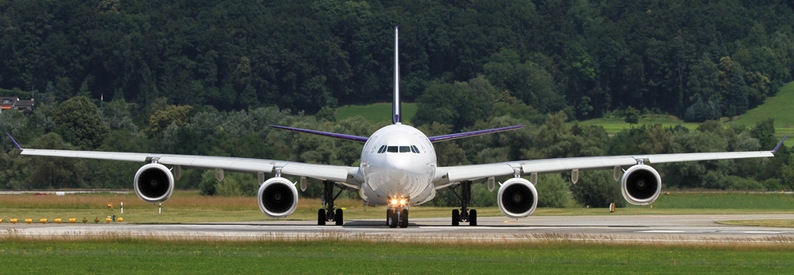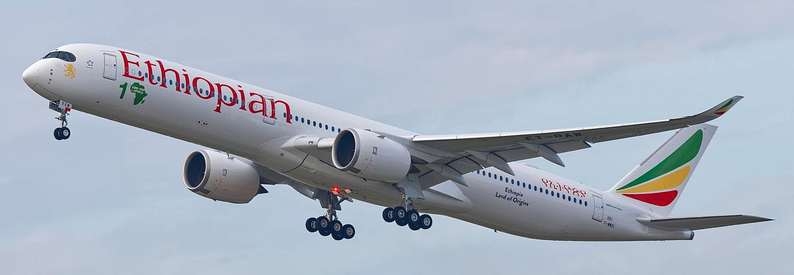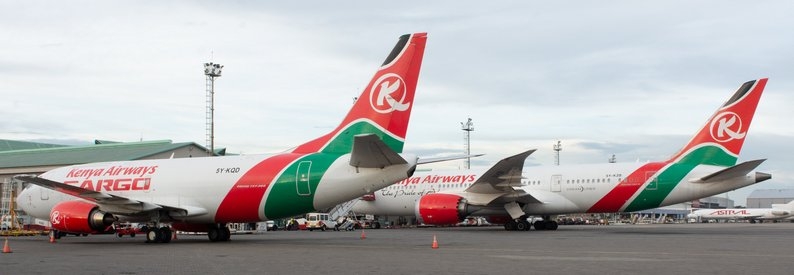The cost of rescuing bankrupt South African Airways has shot up to ZAR19.3 billion rand (USD1.3 billion), of which ZAR5.3 billion (USD364 million) will have to be sourced from strategic equity partnerships yet to be announced.
This was revealed by Finance Minister Tito Mboweni when he delivered the country’s 2021 National Budget to Parliament on February 24, 2021. The amount is nearly double the ZAR10.3 billion (USD708.2 million) originally budgeted for.
He also confirmed that South African taxpayers would have to cough up another ZAR3.5 billion (USD240.3 million), taking the government’s bailout of SAA up to ZAR14 billion (USD961.5 million), including the ZAR10.5 billion (USD721 million) already allocated in the 2020/21 budget. This higher figure was first disclosed in November 2020 by the airline’s administrators to the Standing Committee on Public Accounts (SCOPA), the parliamentary spending watchdog. In a budget briefing, the minister said the allocation of the additional ZAR3.5 billion still had to be “interrogated” before being approved.
Mboweni revealed that the business rescue plan - approved by SAA creditors on July 14, 2020 - had been unilaterally amended by the government in September.
“In September 2020, the business rescue plan was amended and the identified funding requirement was increased to ZAR19.3 billion. Of this amount, ZAR14 billion was envisaged to come from the government (including the ZAR10.5 billion allocated in 2020/21), with the remainder sourced from strategic equity partnerships. A demand for ZAR267 million [USD18.3 million] for SAA’s government-guaranteed letters of credit was made and settled in 2020/21,” he said.
By February 12, SAA's administrators had received ZAR7.8 billion (USD540.7 million) of the ZAR10.5 billion allocation in state aid.
The fact that state spending to rescue SAA has gone off the approved business rescue plan has for months raised questions about whether the government is abusing the business rescue process. The biggest discrepancy has been an allocation of ZAR2.7 billion (USD177.5 million) for SAA's three subsidiaries, Mango Airlines, SAA Technical, and Air Chefs, which was not included in the plan approved by creditors. Of this amount, Mango is to receive ZAR1 billion (USD65.4 million).
Other changes from the original plan are as follows (as tracked by ch-aviation):
- New amount: ZAR0.8 billion (USD52.5 million) - up from ZAR0.6 billion (USD41.1 million) over three years to PCF creditors;
- New amount: ZAR2 billion (USD133.5 million) - down from ZAR2.8 billion (USD192.1 million) for restart working capital;
- New amount: ZAR2.8 billion (USD184 million) - up from ZAR2.2 billion (USD151 million) for voluntary severance packages;
- New amount: ZAR2.2 billion (USD144.6 million) down from ZAR3 billion (USD206 million) to refund un-flown tickets.
In the 2020 Budget Review, ZAR16.4 billion (USD1.1 billion) was set aside for SAA to settle legacy state‐guaranteed debt and associated interest costs. Of this amount, ZAR10.3 billion was allocated in 2020/21, with ZAR4.3 billion (USD294.3 million) and ZAR1.8 billion (USD123.2 million) to be allocated in 2021/22 and 2022/23 respectively. The 2020 Medium Term Budget Policy Statement upped the allocation to ZAR10.5 billion for SAA in 2020/21, according to Mboweni's account.
Independent aviation economist Joachim Vermooten has calculated the real cost of the SAA rescue to be ZAR49.4 billion (USD3.2 billion) adding forecast losses in the first three years of ZAR20.36 billion (USD1.3 billion).
The government said earlier this month that it had shortlisted three potential strategic equity partners. A decision could be expected by March this year, following the expected conclusion of the business rescue process by the end of February and the establishment of a Receivership to process claims by creditors and employees.
SAA has been in administration since December 2019 and mothballed since September 2020. It hasn’t flown commercially since South Africa went into COVID-19 lockdown in March 2020.







